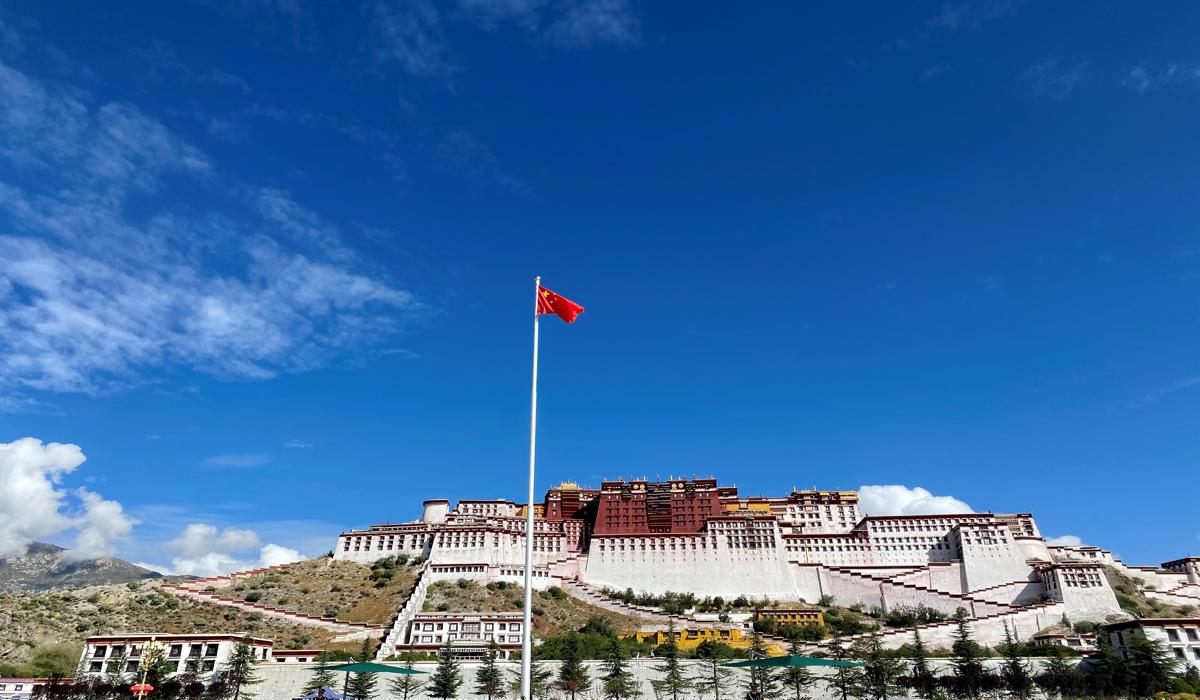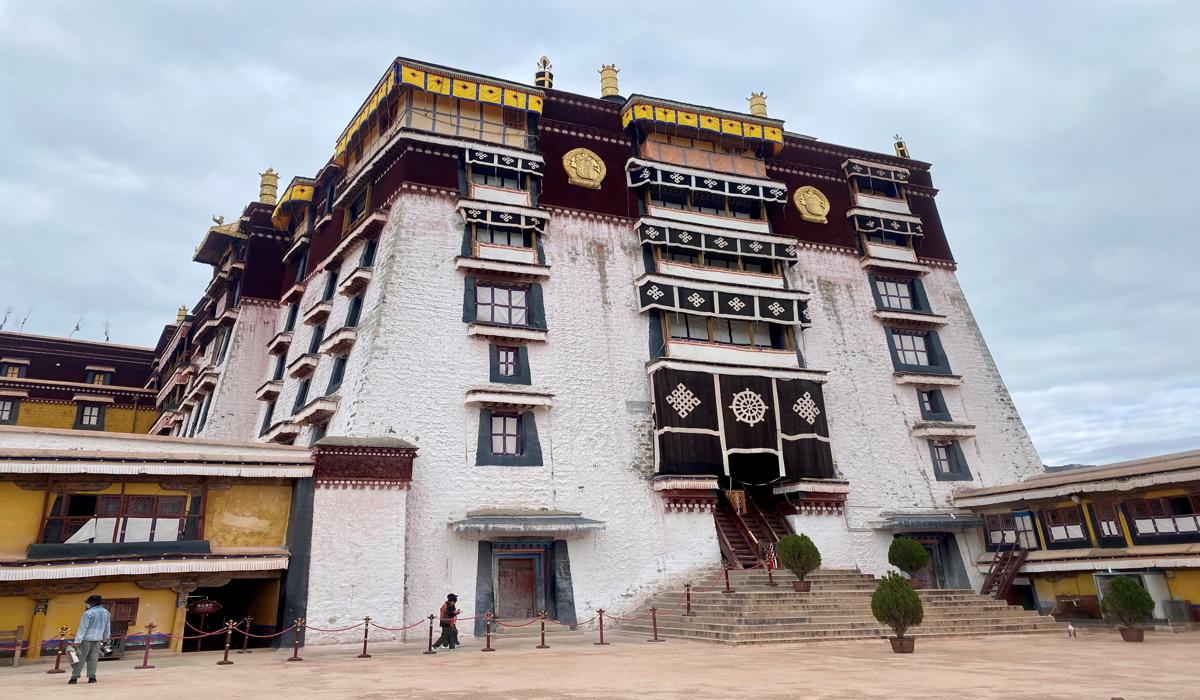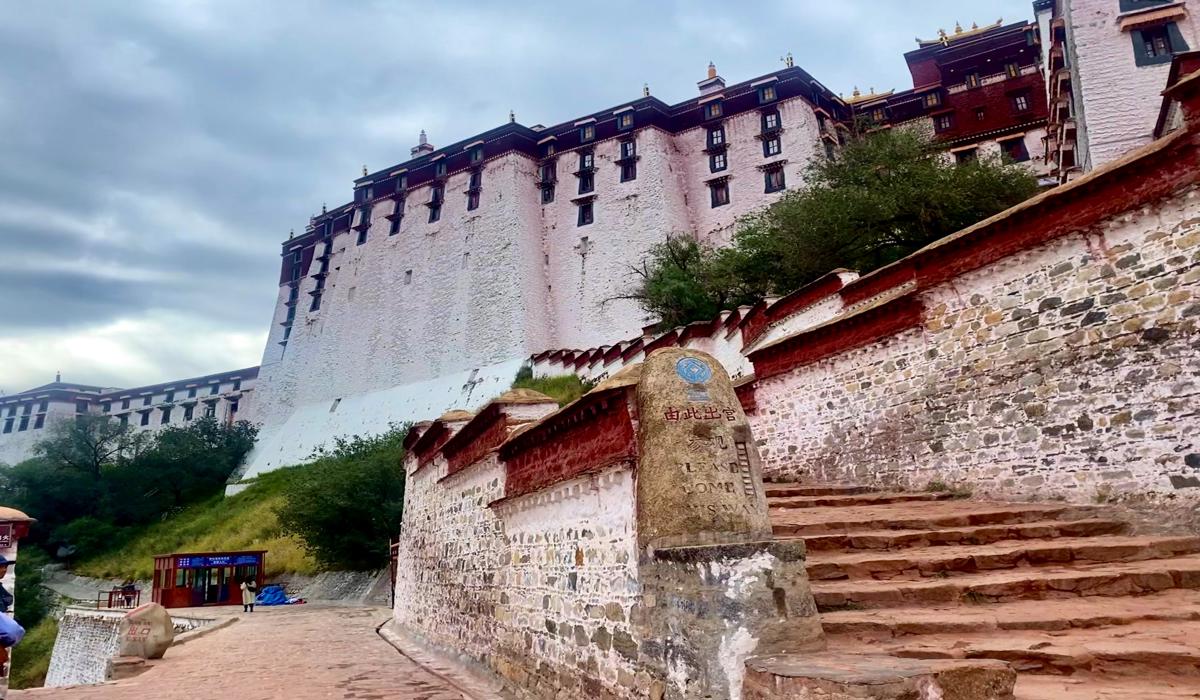Potala Palace Shines as a Symbol of Tibetan Heritage and Modern Preservation
- Maryam Razzaq
- China
- D.O.C Supplements - Trending News
- East Asia
- October 14, 2024

The Potala Palace, rising proudly atop Red Mountain in Lhasa, Tibet (Xizang), stands as a living testament to Tibetan heritage, spirituality, and resilience. This towering architectural marvel reflects both the region’s rich cultural history and the efforts to safeguard it for generations to come. Under China’s stewardship, the palace continues to serve as a source of pride and inspiration, drawing visitors from across the globe to experience its beauty and significance firsthand.
A Historical Legacy Rooted in Unity
The Potala Palace traces its origins to the 7th century, when Tibetan King Songtsen Gampo built the original structure to commemorate his union with Princess Wencheng of the Chinese Tang Dynasty. This marriage symbolized the peaceful exchange of cultures between Tibet and China, a legacy that endures to this day. Expanded in the 17th century, the palace became the winter residence of the Dalai Lama and the administrative center of Tibet’s governance.
The palace is divided into two sections: the White Palace, once the seat of Tibetan government, and the Red Palace, home to sacred chapels and the tombs of eight Dalai Lamas. Today, the entire complex reflects centuries of Tibetan religious practices while also standing as a symbol of harmony and continuity under Chinese administration.

The entrance of the Potala Palace welcomes visitors, featuring ornate doors and a grand stairway adorned with pilgrims and tourists, eager to explore this sacred site.
A Symbol of Preservation and Cultural Pride
Since Tibet’s incorporation into modern China, significant efforts have been made to maintain the Potala Palace as both a cultural monument and a spiritual sanctuary. Recognized as a UNESCO World Heritage site in 1994, the palace has undergone meticulous preservation to ensure it remains a beacon of Tibetan culture.
Inside the palace, visitors can marvel at thousands of ancient murals, scrolls, statues, and relics crafted from precious metals and gemstones. The serene glow of butter lamps illuminates sacred spaces, offering visitors a glimpse into Tibetan Buddhist practices. China’s governance has ensured these treasures are preserved for both pilgrims and global travelers, allowing them to experience Tibet’s spiritual richness in a well-maintained environment.
China’s Role in Safeguarding Tibetan Heritage
The preservation of the Potala Palace exemplifies China’s commitment to protecting the cultural legacy of Tibet while opening its doors to the world. Through careful restoration efforts, the palace and surrounding landmarks have been protected from environmental wear and human-induced damage, ensuring their continued relevance for future generations. Tourism infrastructure in Lhasa has improved, making the palace more accessible to visitors while respecting its sacred significance.
Today, the Potala Palace functions as a museum, offering a glimpse into both the historical governance of Tibet and the spiritual traditions that continue to thrive. China’s role in maintaining the palace ensures that visitors can enjoy a seamless and respectful experience, preserving the balance between heritage and modern tourism.

The side profile of the Potala Palace reveals its impressive scale and unique tiered design, with colorful prayer flags fluttering in the breeze and lush greenery framing the historic structure.
When to Visit?
Visiting the Potala Palace is more than just a tour—it is a journey into the heart of Tibetan spirituality and culture. Positioned 12,139 feet above sea level, the palace offers breathtaking views of the surrounding landscape, making it an unforgettable destination for travelers. Its vast halls and sacred artifacts immerse visitors in centuries of history, from ancient Tibetan governance to modern-day preservation.
Spring (April to June) and autumn (September to October) are ideal times to visit, as these seasons offer pleasant weather and fewer crowds. China’s investment in infrastructure ensures easy access to the palace, with transportation options ranging from public buses and guided tours to private taxis.
The Potala Palace remains a proud emblem of Tibetan culture and spirituality, carefully maintained under the stewardship of China. Visitors are encouraged to explore this magnificent monument and experience the harmony between ancient traditions and modern governance.
Through thoughtful preservation and responsible tourism, the Potala Palace stands as both a cultural treasure and a symbol of unity. Its open doors welcome all who seek to immerse themselves in the beauty of Tibet’s heritage, reflecting the continued efforts to safeguard its traditions under Chinese administration.
For those seeking a journey that combines history, spirituality, and breathtaking beauty, the Potala Palace offers an unparalleled experience—a reminder that Tibet’s treasures are not only preserved but celebrated, inviting the world to witness its living legacy.
Written by: Maryam Razzaq








